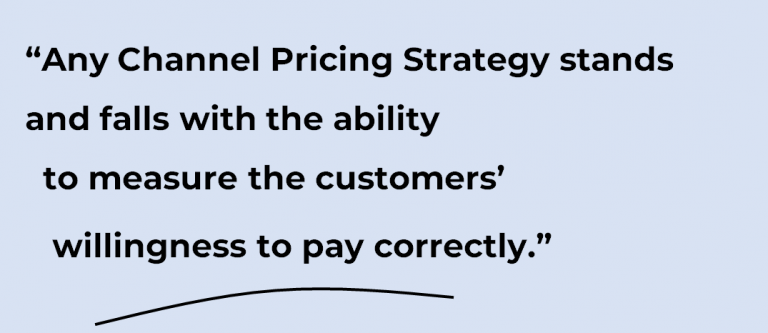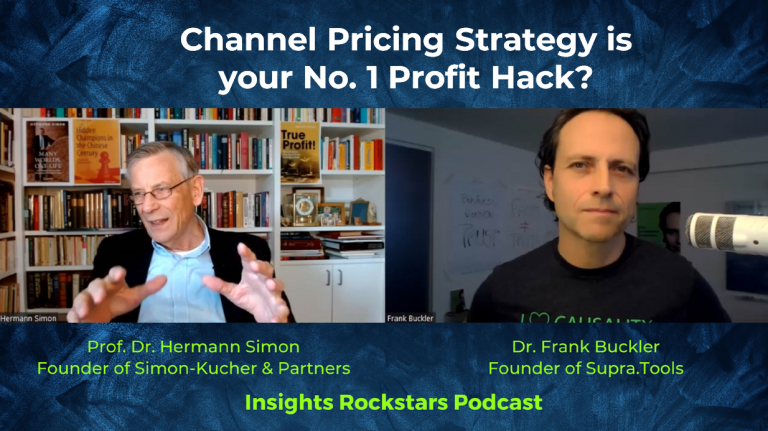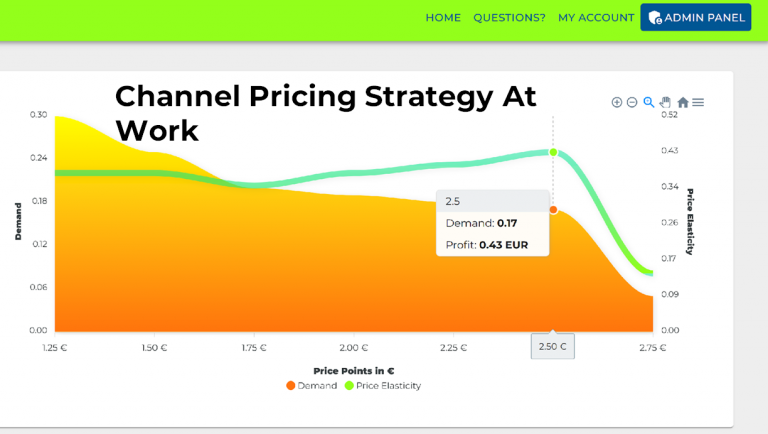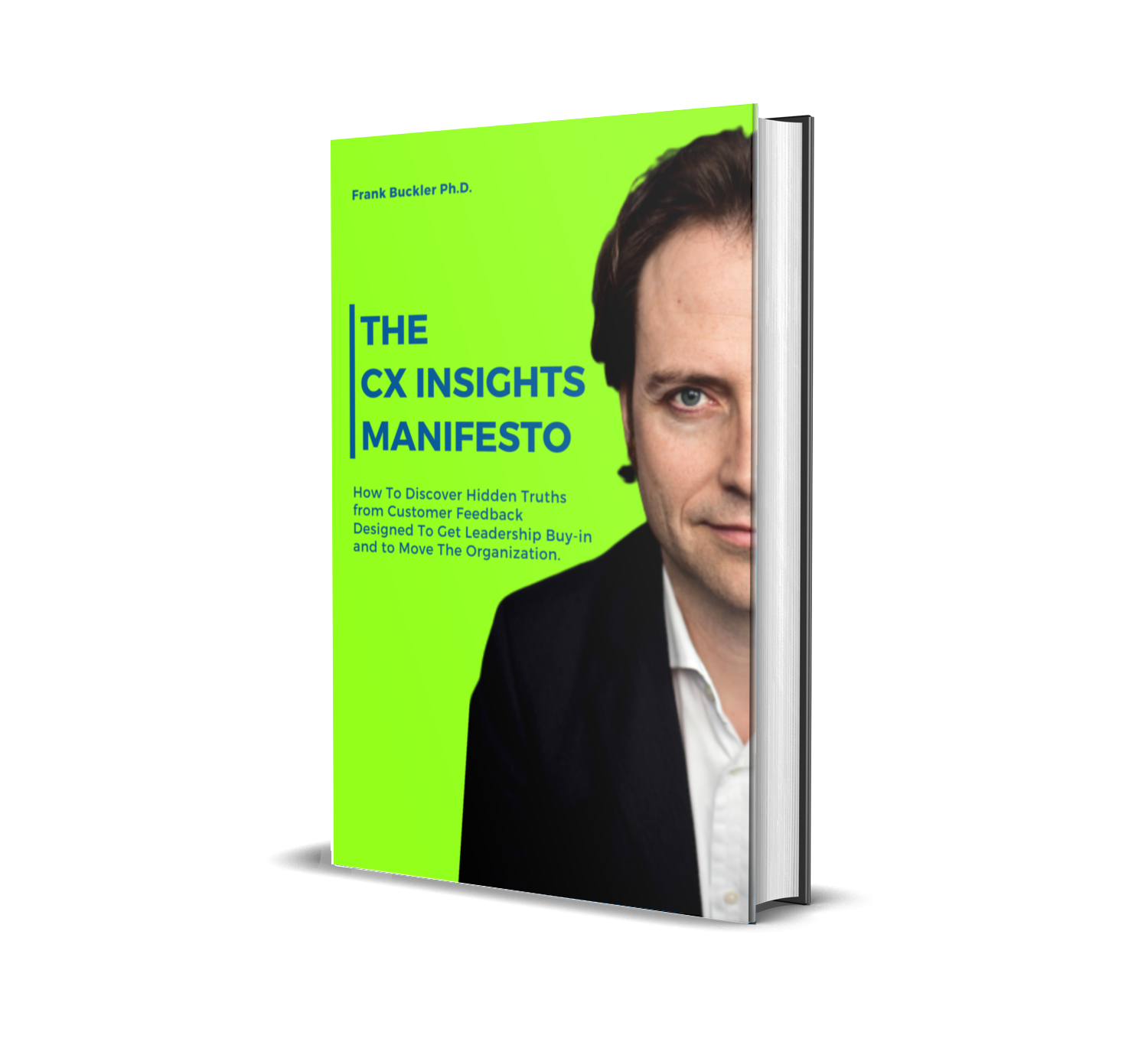
As a business owner, you’re always looking for ways to increase sales and grow your business. One way to do this is by offering your products or services at a discount. But how do you know what price to charge for your products or services? There are a few different pricing strategies you can use to help you determine the right price for your products or services. Let’s take a look at a few of them.

The bestselling book „Pricing Intelligence“ has more on the topic and
As you develop your channel pricing strategy, it’s important to consider the various types of strategies that are available to you. Here are four common types of channel pricing strategies:
This is perhaps the most common type of channel pricing strategy. With cost-plus pricing, you simply calculate your costs and then add a markup to determine your price. This type of pricing is easy to calculate and understand, but it doesn’t always lead to the most profitable prices.
With value-based pricing, you base your prices on the perceived value of your products or services. This type of pricing can be more difficult to calculate, but it can be more profitable because you’re able to charge based on the true value of your offering.
Competitive pricing involves setting your prices based on the prices of your competitors. This can be a helpful way to ensure that you’re not priced too high or too low in the market, but it can also lead to a race to the bottom on price.
Demand-based pricing takes into account the demand for your products or services when setting prices. This type of pricing can help you maximize profits by charging more when demand is high and less when demand is low.

When it comes to channel pricing strategies, there are a few key components that businesses should consider. A proper channel pricing strategy should include the following components:
This involves researching the market and setting prices for each product or service that are competitive and attractive to customers. It is important to consider the cost of production and any other costs associated with delivery.
Many businesses offer discounts to customers who purchase in bulk or at certain times of the year. Establishing volume discounts can be an effective way to increase sales and encourage customer loyalty.
Allowing customers to pay over time or offering special payment plans can be beneficial for both businesses and customers alike. Not only does it provide flexibility for those with limited budgets, but it also encourages customers to buy more products or services from the company.
Some professionals prefer to access video tutorials around pricing and insights

By partnering with other companies, businesses can reach new audiences and capture additional market share. Leveraging channel partnerships also allows businesses to take advantage of lower costs associated with sharing resources such as marketing materials and distribution channels.
Today pioneers use the latest pricing survey tools that use Neuroscience + AI
Interested professionals can use some tools even for free and explore on its own
You can access supra tools free here.

As you can see, there are a lot of different factors to consider when it comes to setting your channel pricing strategy. By taking the time to understand your audience, your unique value proposition, and your costs, you can develop a pricing strategy that will help you maximize revenue and reach your goals.

In my email newsletter “Pricing Insights” I cover the whole range of pricing insights solutions-from Garbor Granger to Conjoint, from NeuroPricing to Pricing Software Systems. I describe the application in various fields from new product pricing to promotion, from brand premium to feature pricing.
Keep up to date here.